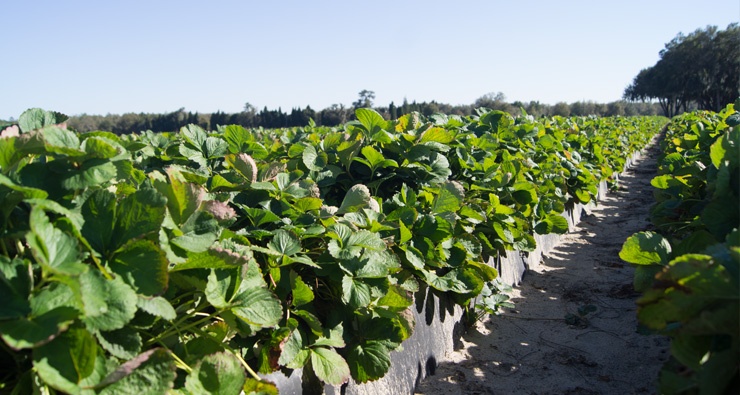They say to keep your friends close and your enemies closer. While regulators shouldn’t be the enemy to growers, sometimes it can feel like they are.
Becoming a friend of the land oftentimes requires becoming an even closer friend of local, state and federal agencies. However, many farmers feel that these agencies are working against them, as with every minor change in policies and procedures leads to a big change in their processes—and ultimately their productivity.
Building and maintaining relationships with these agencies takes time. It takes even more time to respond to compliance requests, schedule meetings and keep track of permits with important renewal dates.
That’s where Highland Precision Ag’s Director of Environment, Restoration and Compliance—Danny Kushmer—comes in. His goal is to become the liaison between government agencies and growers.
“It will save the farmers a lot of time by having a third party or representative say, “I got this for you”,”Kushmer said. “They don’t have the staff to do that. Sometimes they have to ask their kids or farm manager for help.”
Oftentimes, farmers need the most help responding to compliance requests from various agencies. Responding to these requests is frustrating and it can often take an entire day to uncover a solution. You can imagine how precious time is to the farmer. But it is the law to review and reply to these requests accordingly and within a timely manner. Responding to these compliance requests quickly ultimately makes the regulations process much easier.
“I’ll be working with HPA’s customer base and helping them with many of the compliance issues they are facing,” Kushmer explained. But he will also be working with growers to improve their relationship with regulators.
Out of the countless regulations farmers have to deal with everyday, Kushmer will begin by focusing on three areas causing the biggest headaches:
- Labor and Housing
- Water Use
- Water Runoff
“With farm-worker housing, farmers have to deal with the health department, Department of Laborand multiple other agencies,” Kushmer explained. “My goal at HPA is to help them through that entire process.”
In regards to water management, farmers are required to get a permit for their water use and depending on the amount of use, they may also have to report this use on a quarterly basis. Getting these permits and managing their renewals are incredibly time consuming, and it can be even more time consuming depending on the size of the farm.

“There are five different water management districts in Florida and understanding the difference in hydrology and what they do can be very difficult,” Kushmer said. “My role at HPA is to be the go-between for these farmers and the agencies that regulate them.”
Apart from water use, there are separate regulations farmers are required to adhere to for water runoff. While many farms contain their run-off, many farms do have water run-off and are required to adhere to strict guidelines, which means more time in the office than in the fields.
Unlike most precision ag suppliers, HPA aims to ensure the grower will not face extra regulations by adopting new technology. While there may be new requirements farms have to meet when adopting precision agriculture techniques, meeting these requirements will save farmers time and money while reducing their environmental impact.
“If the farmer sees fit, HPA can be their representative, in which case they can direct inquiries from regulatory agencies to an HPA representative whenever they choose,” explains Kushmer.
This is Kushmer’s ultimate goal—to represent growers and become their point of contact for local, state and federal agencies while assisting them in building relationships, responding to requests and interpreting these ever-changing rules, regulations and policies.
In fact, working with Highland Precision Ag can help growers enhance the productivity of their farms by not only providing them with compliance assistance, but by giving them access to innovative tools that make it easier to manage crop growth and more accurately estimate harvests.